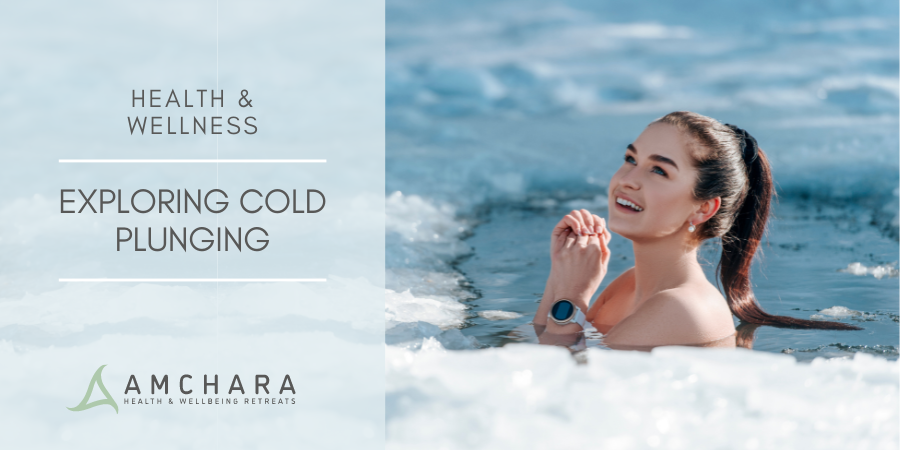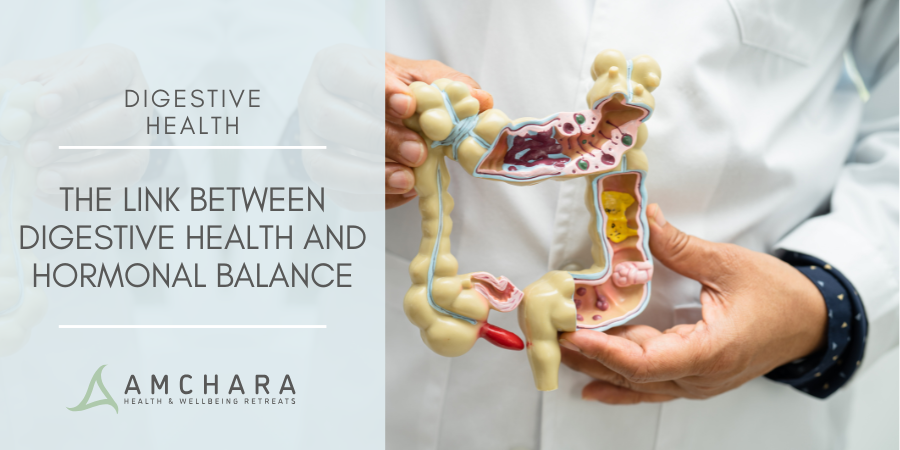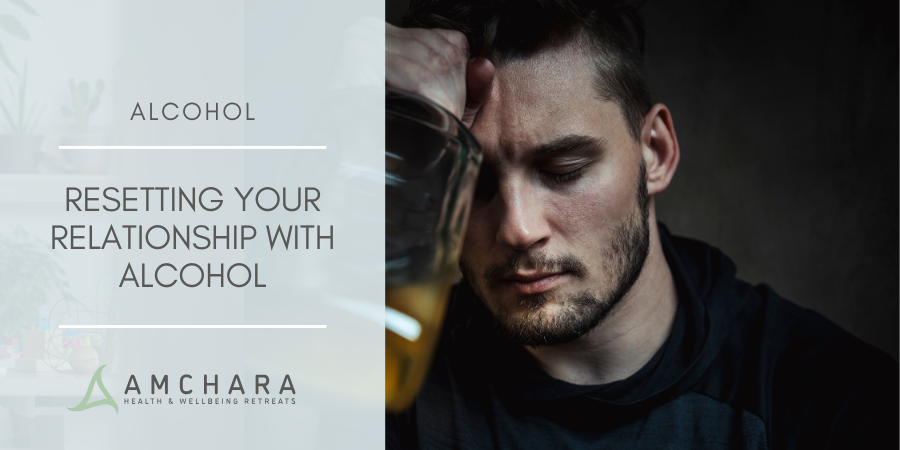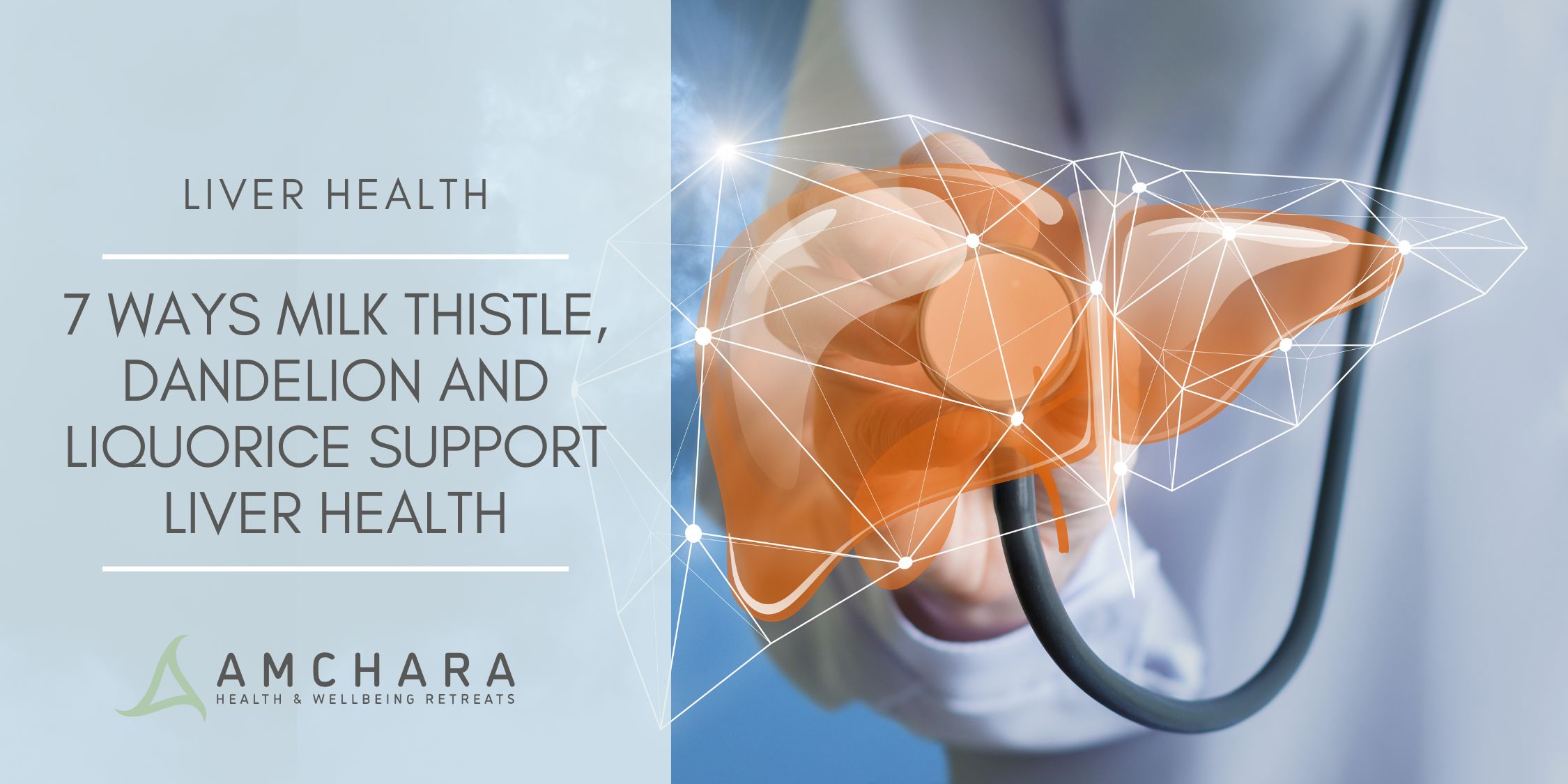Cold plunging is thought to date back as far as Roman times, and has gained popularity in recent years, for both its potential health benefits and invigorating effects. It involves either completely or partially submerging your body in cold water – such as ice baths or cold water swimming – for a few minutes at a time.
In the modern internet world there is an overwhelming amount of information; it can be hard for you to find health advice that you can trust, particularly as the main media channels are typically dominated with a single, orthodox narrative.
Our articles are always evidence-based and orientated towards a holistic and Personalised Health approach, to guide you through the health landscape and provide you with actionable knowledge and tips to help you on your journey to optimal health.
In this article, we will take a look at the different types of cold plunging, discuss the potential health benefits, provide guidance on how to get started with these practices, as well as outlining potential risks.
Types of cold plunging
Ice baths – these involve immersing the body in a tub or container filled with cold water, typically around 50 to 59 degrees Fahrenheit (10 to 15 degrees Celsius) or colder. Ice may be added to lower the water temperature further. Participants usually remain submerged for a few minutes, up to around 10 minutes, depending on individual tolerance.
Cold water swimming – also known as winter swimming or ice swimming, this involves swimming in open water with temperatures ranging from cold to near-freezing. Participants may swim in lakes, rivers, or the sea, often wearing minimal swimwear or wetsuits to minimise heat loss. Some cold water swimmers practice year-round, while others may participate in organised events during the winter months.
Health benefits of cold plunging:
Reduced inflammation – cold plunging has been shown to reduce inflammation in the body, which may help alleviate symptoms of inflammatory conditions such as arthritis and muscle soreness. Cold exposure triggers a process called vasoconstriction, where blood vessels narrow, leading to decreased blood flow and inflammation.
Improved recovery – athletes and fitness enthusiasts often use cold plunging as a recovery tool after intense exercise or training sessions. Cold exposure helps reduce muscle soreness and fatigue, promoting faster recovery and improved performance.
Enhanced circulation – cold water immersion stimulates circulation by causing blood vessels to constrict and then dilate once the body is rewarmed. This cycle, known as vasodilation, can improve blood flow and oxygen delivery to tissues, promoting overall cardiovascular health.
Mental wellbeing – cold plunging has been associated with improved mood and mental resilience. The shock of cold water triggers the release of endorphins and other neurotransmitters, leading to feelings of euphoria and relaxation. Regular cold water exposure may also help reduce symptoms of depression and anxiety, alleviate stress, as well as build resilience, improve cognitive function and support the balancing of the nervous system.
Boosted immune function – cold exposure activates the body’s natural defence mechanisms, including the immune system. Cold water immersion has been shown to increase levels of circulating immune cells and enhance immune function, potentially reducing the risk of infections and illness.
Increased metabolic rate – cold exposure can boost metabolism by activating brown adipose tissue (BAT), a type of fat tissue that generates heat in response to cold. This increase in metabolic rate may help support weight management and fat loss.
Promoting overall health – studies suggest that cold water plunging can transform body adipose tissue (body fat), and contribute to a reduction in insulin resistance and improve insulin sensitivity. This may exert protection against chronic health conditions such as cardiovascular, obesity and other metabolic diseases.
How to get started with cold plunging
Start slowly – if you’re new to cold plunging, start with short exposure times and gradually increase duration and intensity as your tolerance improves. Begin with just a few minutes in cold water and work your way up over time.
Focus on breathing – practice deep, slow breathing to help manage the shock of cold water immersion. Focus on maintaining calm, controlled breaths to reduce feelings of panic or discomfort.
Dress appropriately – wear appropriate swimwear or wetsuits to protect against hypothermia and ensure safety. Dress in layers for ice baths, and consider wearing a hat and gloves to minimise heat loss.
Listen to your body – pay attention to your body’s signals and adjust your cold plunging practice accordingly. If you experience prolonged shivering, numbness, or discomfort, exit the water and warm up gradually.
Stay hydrated – drink plenty of fluids before and after cold plunging to stay hydrated and support recovery. Avoid caffeine and alcohol, as they can increase heat loss and impair thermoregulation.
Consult a healthcare professional – if you have underlying health conditions or concerns, consult with a healthcare professional before starting a cold plunging regimen. They can provide personalised guidance and recommendations based on your individual health status.
While cold plunging offers many health benefits, it’s essential to be aware of potential risks, especially for people with certain health conditions. Cold water immersion can pose health dangers such as the following.
Hypothermia – prolonged exposure to cold water can lead to hypothermia, a dangerous drop in body temperature that can result in confusion, fatigue, and loss of consciousness.
Increased risk of heart problems – cold water immersion can put strain on the cardiovascular system, increasing the risk of heart-related issues such as arrhythmias or heart attacks, particularly for people with underlying heart conditions.
Respiratory issues – cold water immersion can cause a shock to the respiratory system, leading to shortness of breath, hyperventilation, or bronchospasm, especially in individuals with asthma or other respiratory conditions.
Drowning – cold water immersion may increase the risk of drowning, as cold shock can cause involuntary gasping and difficulty in swimming.
People with certain health conditions, such as heart problems, respiratory issues, high blood pressure, or circulation disorders, should consult with a healthcare professional before attempting cold plunging. Additionally, pregnant women, individuals with compromised immune systems, or those with a history of frostbite should avoid cold water immersion to prevent potential health complications.
Takeaway
Cold plunging, including ice baths and cold water swimming, offers numerous health benefits for both body and mind. From reduced inflammation and improved recovery to enhanced circulation and improved mental wellbeing, cold exposure can be a valuable addition to your wellness routine. By starting slowly, listening to your body, and practicing safety precautions, you can reap the rewards of cold plunging and embrace the invigorating effects of cold water immersion.
At Amchara, we always aim to guide you through evidence and scientific research. Come to our nurturing environment at Amchara, where our experienced Personalised Health practitioners can work with you to explore positive lifestyle choices to help you achieve your health goals, with a tailored approach taking into account your individual circumstances.
Taking a functional medicine approach, our practitioners can support you on your journey to optimal health and help you ‘Change for Good’.
We know that sharing knowledge and experiences can be an important part of achieving optimal health, we’d love to know if you have tried cold plunging and whether you have found it beneficial to your health and wellbeing.




